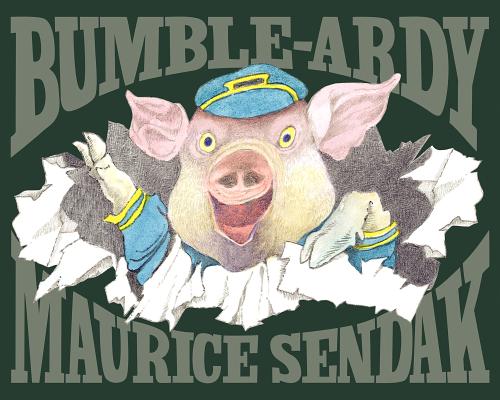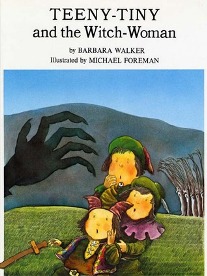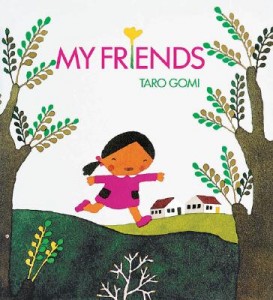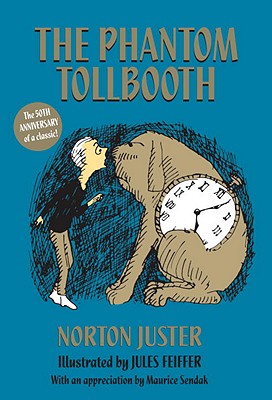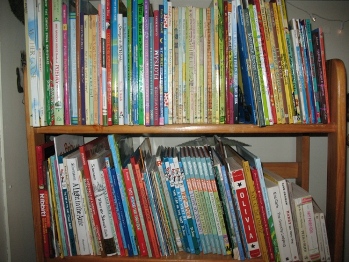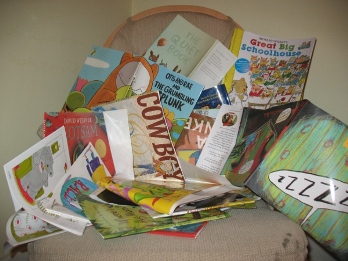Maurice Sendak – the man responsible for such Library favorites as Where the Wild Things Are and In the Night Kitchen – released the first book that he’s both written and illustrated in 30 YEARS earlier this month. (Not that Sendak hasn’t been working all this time. He’s still a prolific illustrator – my daughter is a BIG fan of Mommy?, his epic monster-mash of a pop-up book that he illustrated for author Arthur Yorinks in 2006.)
His new book is called Bumble-Ardy, which we’re hoping to get our hands on soon. But, while promoting Bumble-Ardy, Sendak spoke to the New York Times and offered this fantastic insight on the responsibility that a children’s author has to his dual audiences of kids and parents:
You mustn’t scare parents. And I think with my books, I managed to scare parents. Randolph Caldecott was a sneaky guy. Because under the guise of stories about little animals, he had the same passion for childhood. If you just look at the surface of them, they look like nice English books for kiddies. But his books are troubling if you spend time with them. He inspired me. I adored Caldecott. Probably his idea, or my interpretation of him, was that children’s books should be fair to children. Not to soften or to weaken.
Before that, the attitude towards children was: Keep them calm, keep them happy, keep them snug and safe. It’s not a putdown of those earlier books. But basically, they went by the rules that children should be safe and that we adults should be their guardians. I got out of that, and I was considered outlandish. So be it.
{ 1 comment }
